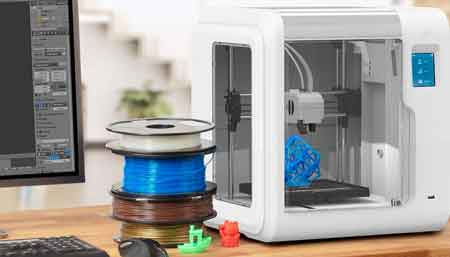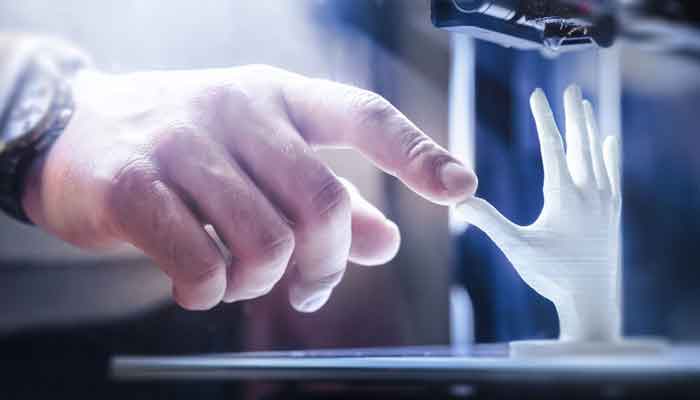If you’re wondering how to design something for a 3D printer, you’re not alone. The technology is a growing trend, and with it comes a growing number of design challenges. Some of these challenges can be solved with templates, and others can be tackled with a little research and planning. The best part about 3D printing is that it can be done in a much shorter amount of time than ordering a part. And if something does break, you can just get a new part printed instead of ordering one. The makers of the movie Skyfall even did this, and their 3D printed 1960 Aston Martin DB5 was functional after the crash!
Slicers

Three-D printing software uses a method called layering to create objects layer by layer. Each layer is deposited over the one below it. Each part of an object must overlie the others, but slicers have a number of settings that help you customize your printing experience. You can adjust your print speed, infill thickness, and more. Below are some of the key settings you should know about slicers.
Material-related design recommendations
The first step in designing objects for best 3d printer is to determine the material the object will be made of. Different materials have different properties, and there are design recommendations that are relevant to each one. Some materials are brittle, while others are flexible. Some are solid or light. Whether the object will be made of plastic or steel is important. Some materials require special care, and others are suitable for 3D printing, but not all of them are suitable for every purpose.
Print in place designs
For several years, print in place models, also known as “Print in Place,” have dominated the 3D printing scene. Print in place allows 3D printers to print parts without print media or support, allowing users to design and print anything they want in place, right from the printer itself. With this trend, users can now download STL files for Print in Place without print media to get the perfect design every time.
Supports

Unless you have a very specific model, a 3D printer will always have some kind of support. A support is a support structure that holds the model in place under any overhangs, or ridges in the model. Usually, supports look like a grid and are easy to remove after printing. Here are some examples of supports. They are used for all sorts of applications, from building complex structures to creating simple, everyday objects.
Conclusion:
When choosing the right file type for your 3d printer, you’ll have to keep a few things in mind. STL files are the most common, but OBJ files aren’t quite as beginner-friendly. Although STL files are easy to use and beginner-friendly, they don’t provide the same level of creative freedom and robust preservation as OBJ files. OBJ files can maintain high-quality colors and textures, and are better suited for complex geographic shapes and objects.

